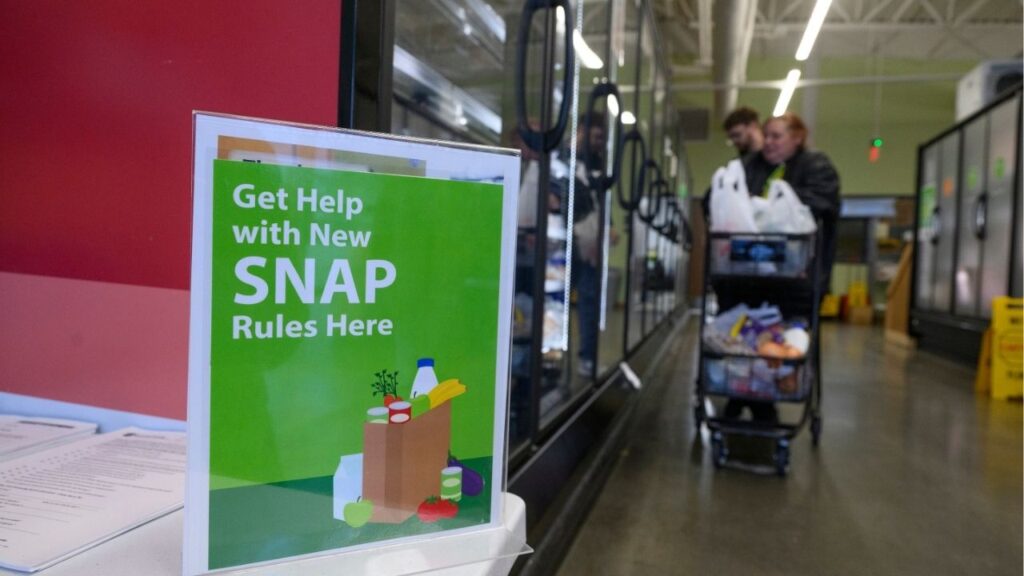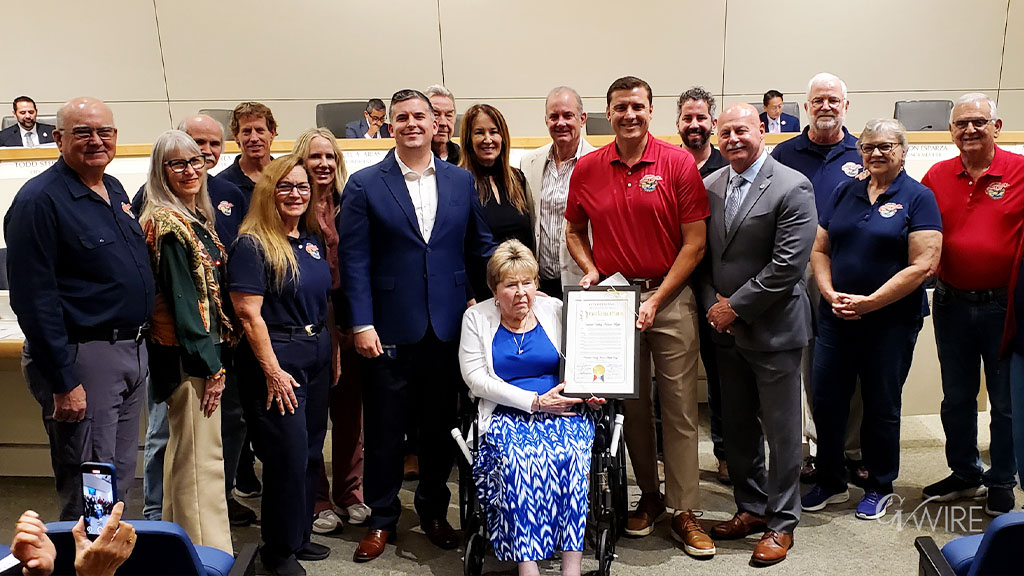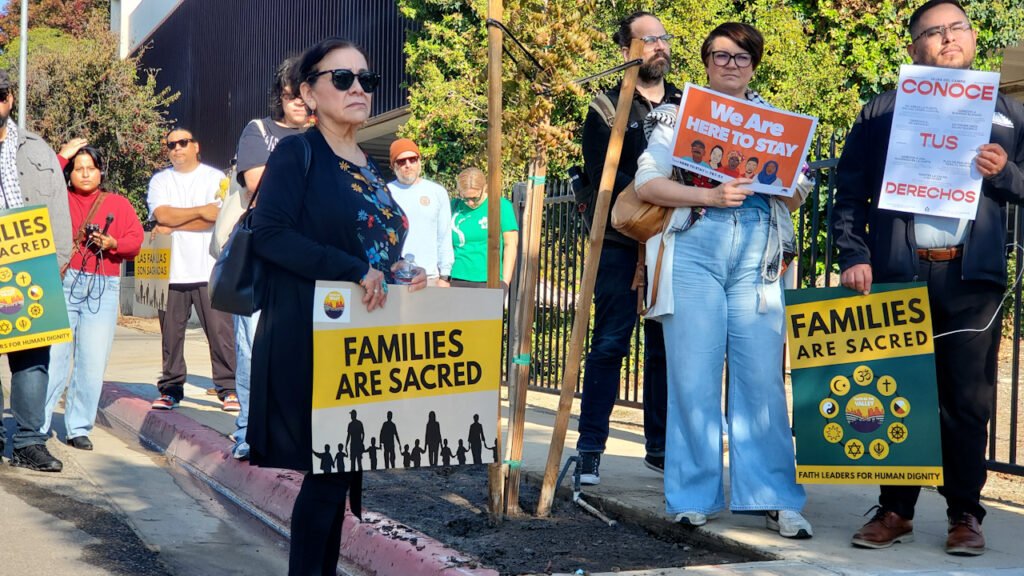Share
Two women, enticed by promises of well-paid work and plentiful opportunities, left their homelands for a better life in California. A nightmare awaited them.
Upon arrival, Angela Guanzon was told she owed $12,000 to her employer and had to work 10 years at a nursing home to repay her debt. Renuka Zellars was manipulated at a young age into indentured servitude and prevented from leaving her employer’s house even to attend school.
Threatened and mistreated by their employers, these women had nowhere to turn. In other cases we have studied, people were forced to work in the fields nine hours a day, six days per week, for less than $10 per hour.
All are victims of labor trafficking, a sinister crime that exploits innocent workers through force, fraud or coercion and traps them in oppressive situations.
The Little Hoover Commission, California’s independent government watchdog, has spent the past year examining the state’s response to this gross injustice. As chair of the commission and members of the study’s subcommittee, we have learned that state efforts to combat this crime must be strengthened.
California focuses far more on combatting sex trafficking instead, a more recognizable and equally horrific form of abuse. Make no mistake: the state’s work against sex trafficking is crucial and must continue. But labor trafficking must be combatted just as aggressively.
Right now, victims of labor trafficking toil without being seen. And their traffickers escape the justice they deserve far too often.
California Knows Very Little About the Extent of This Abuse
It’s time for this to change.
Despite being one of the nation’s top destinations for human trafficking, California knows very little about the extent of this abuse or the identity of its victims. Now, thanks to our team’s detailed analysis of records from the state’s key program for trafficking victims, we are able to provide a clearer picture of human trafficking in California.
More than 14,000 survivors of trafficking received help from the state between 2016 and 2019. While most were exploited for sex, more than 3,000 were exploited for the benefits of their labor. A disproportionate number were located in the Central Valley.
Yet still too little is known about these survivors and their needs.
To make matters worse, traffickers are rarely brought to justice. Between 2015 and 2019, 145 individuals were convicted for labor trafficking crimes. This translates to an average of less than 30 convictions each year.
Sadly, this isn’t surprising. Law enforcement officials lack the tools, training and resources they need to make traffickers pay for their crimes. And survivors – for various legitimate reasons – can be hesitant to participate in prosecutions. Even when cases are brought to court, it is challenging to prove that force or coercion isn’t always physical. Civil enforcement options, with lower burdens of proof, must be used more often.
Only an aggressive response from the highest levels of state government can change this. Our commission issued two reports earlier this year calling for a new Anti-Human Trafficking Council and increased efforts to detect labor trafficking.
Calling on California to Take Two Simple Steps
Our new report, Labor Trafficking: Strategies to Help Victims and Bring Traffickers to Justice, calls on California to take two simple steps to better combat this crime:
- Prioritize victim services. Using data and evaluating available programs will help officials identify more trafficking survivors and determine the best care for them.
- Enhance efforts to prosecute traffickers. Empowering more state agencies to look for labor trafficking, providing law enforcement officials with the tools and training they need to litigate cases, improving communication between all levels of government, and studying outcomes to determine best practices are all critical components of rooting out labor trafficking in California’s communities and bringing traffickers to justice.
Thankfully, Angela, Renuka and the other survivors we described were able to find help. Today they raise awareness about the horrors of labor trafficking by sharing their experiences. Yet countless more victims remain trapped in servitude as their exploiters roam freely. Help can’t wait. California must act.
_____
Pedro Nava has also written about a plan to overhaul California’s mental health care system.
About the Author
Pedro Nava is the chair of the Little Hoover Commission, Pedro.Nava@lhc.ca.gov. Cynthia Buiza is a member of the Little Hoover Commission’s subcommittee on labor trafficking, littlehoover@lhc.ca.gov. Dion Aroner is a member of the Little Hoover Commission’s subcommittee on labor trafficking, littlehoover@lhc.ca.gov.
[activecampaign form=19]RELATED TOPICS:
Categories

Fresno Launching Neighborhood Repaving Project Monday



















